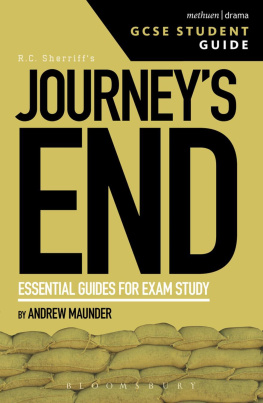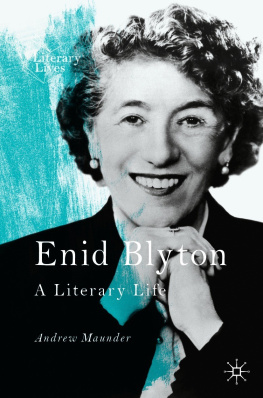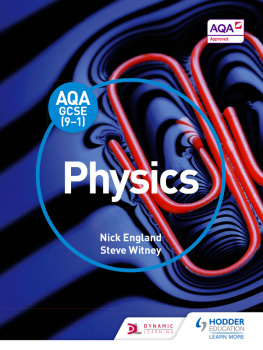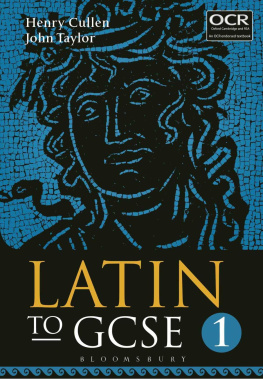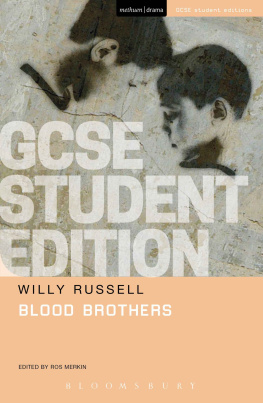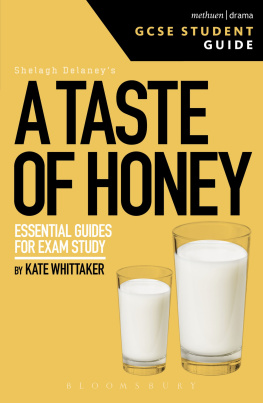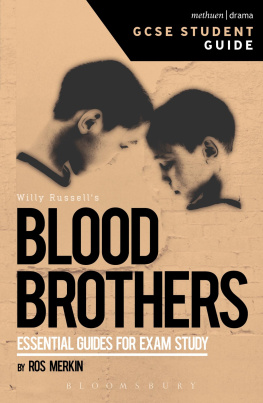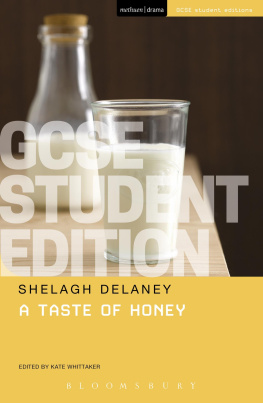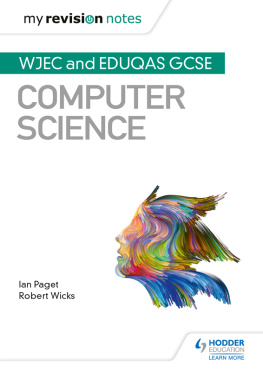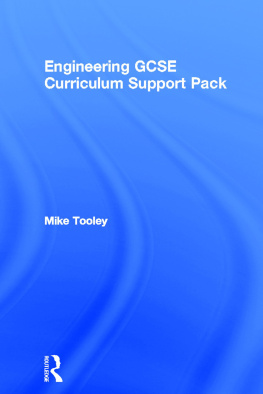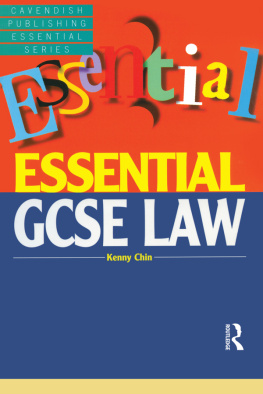Methuen Drama publications for GCSE students
Available and forthcoming
GCSE Student Editions
Willy Russells Blood Brothers
Simon Stephenss The Curious Incident of the Dog in the Night-Time
Charlotte Keatleys My Mother Said I Never Should
Shelagh Delaneys A Taste of Honey
GCSE Student Guides
Willy Russells Blood Brothers by Ros Merkin
Simon Stephenss The Curious Incident of the Dog in the Night-Time by Jacqueline Bolton
Dennis Kellys DNA by Maggie Inchley
Alan Bennetts The History Boys by Steve Nicholson
J. B. Priestleys An Inspector Calls by Philip Roberts
R. C. Sherriffs Journeys End by Andrew Maunder
Charlotte Keatleys My Mother Said I Never Should by Sophie Bush
Shelagh Delaneys A Taste of Honey by Kate Whittaker

CONTENTS
Journeys End is a three-act play by R[obert] C[edric] Sherriff (18961975). It has an all-male cast. Its events take place in an officers dugout attached to the British trenches at St Quentin in Picardy, in northern France, in the days preceding the German armys offensive of March 1918 in the last year of the First World War (19141918). Since its first staging in 1928, Journeys End has become part of the canon of First World War literature and is regularly performed. Claims for the plays importance have appeared in a multitude of settings and it is read, taught and performed throughout the world, and its presence felt in many different locations.
Why is Journeys End an important play? Answers to this question fluctuate wildly. There is Journeys End, the anti-war play which has shown each new generation the sacrifices made in, and damage wrought by, the First World War. It is this Journeys End, for example, which in the midst of the First World War Centenary beginning in 2014, prompts pleas for its relevance at time of increasing awareness of the damage to young people who fight for their country, and survive (Oxford Times, 25 September 2014). There is another Journeys End the snobbish, reactionary play focused on public-school educated young men and which articulates numerous anxieties fears of women, of the working-classes, of homosexuality disguised as male-bonding. Then there is the play which deals very movingly in universal, timeless issues, fundamental human emotions love, selflessness, friendship, self-sacrifice, bravery. Whatever ones take on it, what is certainly true is that these different views of Journeys End set the terms for a critical debate that is still being played out and is certainly set to continue and in which you, as a critic, are being invited to participate in this guide.
Reading a play
You will know that reading a play is not the same as reading a novel. In a useful book, Studying Plays (1998), Simon Shepherd and Mick Wallis make the point that a printed version of a play is always a strange incomplete object. They go on: The business of reading a play is rather unsatisfactory because we continually have the sense that what we are looking at is only words on a page, and that those words have yet to come alive in the mouths of real human beings standing on a stage (12). This argument is as true for Journeys End as much as for any play. When picking up our printed copy we need to use our imagination, we have to visualize. In particular, we need to pay attention to the following.
Stage directions (the words in italics indicating movement and physical response). Stage directions are important for giving information to the actor (and director) about when and how characters move. They can also suggest emotion and mood (anger, unhappiness, joy, hate, etc.). They can indicate power relations between characters. Do characters stand up or sit down in each others presence? Do they bow or salute each other? Stage directions can also indicate vital aspects of characters feelings towards each other. One way of acknowledging them is to have one person reading the stage directions when your group reads the play aloud. You should also think about how you if asked to direct the play would want actors to interpret particular gestures and lines.
Setting (where the events takes place). It is evident that R.C. Sherriff was also very interested in the look of the play, not least how the environment, a squalid cavern in the ground as he put it, impacts on the behaviour of his characters (No Leading Lady, 47). The choice of a dugout as the plays setting was significant in another way. A dugout, Sherriff explained was the perfect natural setting for a play. He continued:
It [the dugout that he remembered from serving in the army] was usually one of a chain of dugouts linked together by short tunnels, each with its own way up to the trench by a steep flight of steps. The tunnel to one side would lead to the dugout where some of the officers slept, the opposite one to the place where the cook-batman prepared the meals. This made it easy to move the characters in and out as needed. An officer would go up the steps to take his turn of duty in the trenches: the one he relieved would come in for a meal, and then go off stage to the adjoining dugout for some sleep when he was no longer required. With a little simple planning you could bring the characters together and disperse them easily (356).
Dialogue (the words spoken by the characters). Dialogue has several functions. It helps the audiences understanding of characters; their emotions and their situations. It also carries information about people and places. Finally, dialogue can help advance the story, for example when one character describes to another character something which has taken place offstage or in the past. This is sometimes called narrated action. In his autobiography called No Leading Lady (a reference to the fact that there are no women in Journeys End), R.C. Sherriff stressed his attempts to write natural-sounding dialogue. He recalled that he wanted to use the words that people spoke in everyday life, words and expressions that I would employ myself (No Leading Lady, 34). This needs qualifying, of course, because real speech the way we talk in our everyday lives is often rambling and disorganized. In a play every word has to count because space and time are limited.
The rest of this section contains a short summary of Journeys End intended as a reference guide. It cannot tell you everything you need to know about the text, not least because, as we have noted, a play is comprised of different ingredients which work together to tell the story.
Things to do
As you read each scene of the play, you need to pay attention to what happens between the characters, but you also need to imagine yourself as a member of the audience looking at the scene. What do you see? What do the characters do? Becoming aware of how this happens will help you discuss more confidently what the scene contributes to the meaning of the play as a whole.
Act one
Place: A dugout in the British trenches at St Quentin in Picardy, northern France
Time: Monday 18 March 1918, evening
The play begins in medias res (Latin: in the middle of things) with the relief of this section of the Front Line by Captain Dennis A tattered map is produced and the audience learns that the men are responsible for about two hundred yards of front line. They are also close to the Germans whom they can hear at night (11).

